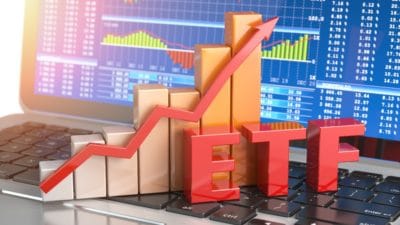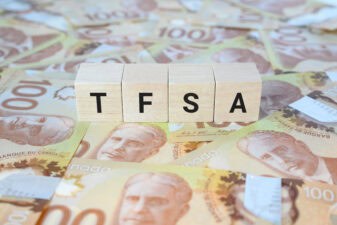The goods and services tax (GST) and harmonized sales tax (HST) is a tax credit provided by the Canada Revenue Agency. This tax credit is a quarterly payment to help low-and-modest income individuals and families offset the GST/HST taxes they pay. Canadian residents are automatically considered for the GST/HST tax credit when they file their taxes.
How much is the GST/HST tax credit payment in 2023?
For the payment period between July 2022 and June 2023, residents should receive up to $467 if they are single. This figure increases to $612 in case they are married, while low-income families with a child below the age of 19 will receive another $161.
The Canadian government also issued an additional one-time GST credit payment last November to address rising costs of living and inflation. This payment was equivalent to 50% of the total GST/HST credit amount.
While receiving federal benefits enables Canadians to lead a more comfortable life in retirement, you need to find a way to reinvest these savings in asset classes that consistently outpace inflation, allowing you to build long-term wealth.
Historically, the equity market has allowed investors to derive inflation-beating returns, making it the preferred asset class for those with a long investment horizon.
Keeping these factors in mind, let’s see where you should invest your tax credits, such as the GST/HST each month.
Buy diversified ETFs such as the VSP
Investing in low-cost index funds is the best way for you to gain exposure to the stock market while lowering overall risk. An index fund is a passive investment vehicle that tracks a particular index, such as the S&P 500 or the TSX. So, here you invest in a basket of companies across sectors and industries.
As the fund is passively managed, the associated management fees and performance fees are quite low compared to mutual funds that are actively managed.
One such passive fund that tracks the S&P 500 index is Vanguard S&P 500 Index ETF (TSX:VSP). With more than $2 billion in assets under management, VSP is a currency-hedged ETF, protecting investors from fluctuations in exchange rates.
VSP provides you exposure to exposure to the 500 largest companies in the United States, including Apple, Walmart, and Exxon Mobil. Currently down 18% from all-time highs, the VSP ETF also offers investors a tasty dividend yield of 1.3%.
Investors are wary of increasing exposure to the stock market due to a wide range of macroeconomic issues such as inflation, rising interest rates, geopolitical tensions, and supply chain disruptions.
Yes, there is a good chance for equities to move lower in the next six months. But, on average, a bear market lasts for less than 300 days and is eventually replaced by a multi-year bull run, allowing you to benefit from exponential gains.
The Foolish takeaway
An investment of $500 each month for a period of 25 years will allow you to increase your portfolio value to almost $800,000, given annual returns of 11%. If you invest in the S&P 500 index, you will beat the returns of more than 80% of the investors on Wall Street, considering historical data.







